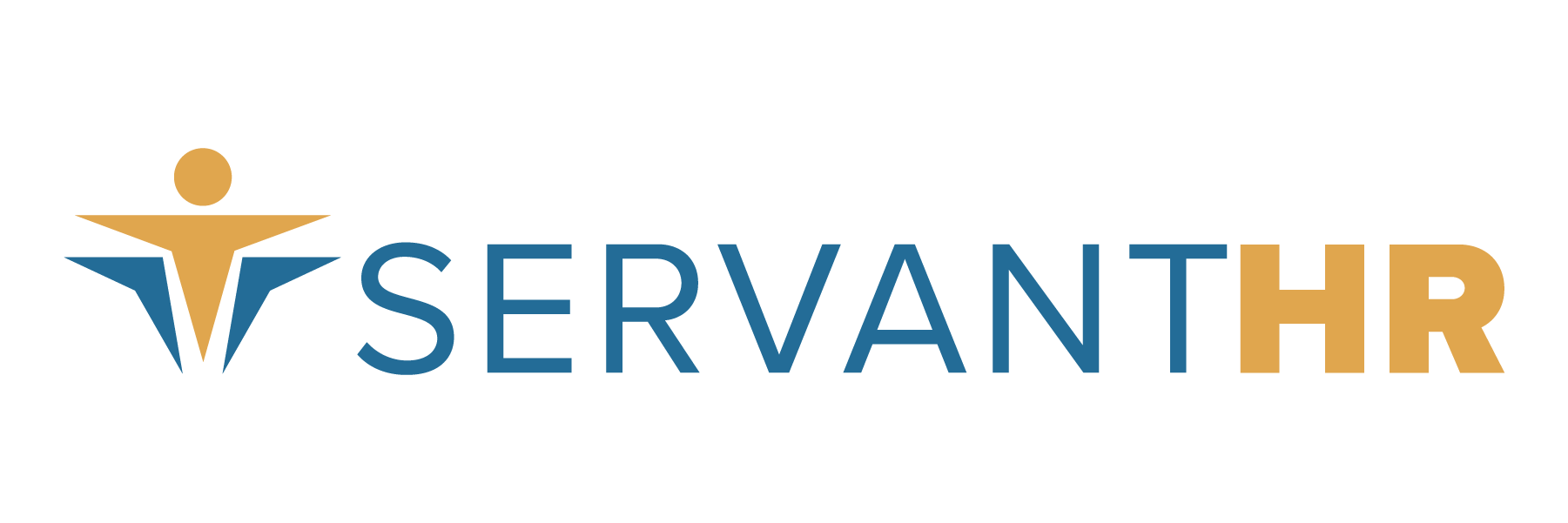Many companies have approached employee incentives the exact same way for decades—sick leave, overtime pay and annual salary reviews. While these ideas are important and generous, companies must take cues from today’s market to broaden their perception of incentives.
Employee engagement is now a financial strategy for businesses and high engagement is commonly driven by recognition and reward. Two key factors have been identified in the creation of modern incentives that actually engage and produce real, bottom-line benefits:
1. Personalization
Consumer demand for personalization is up. Why would employee demand be any different?
Still, a recent Deloitte survey reported that only 8% of companies say their systems of incentives are very effective at creating a personalized, flexible solution.
Personal and frequent engagement with employees can lead to the discovery of unique incentives that work well for each individual. Incentives then become the tangible evidence that employees are truly known and cared for within their organization.
Personalization of incentives often looks like project or target-based bonuses. For some, the ability to create their own benefits packages may be most rewarding. For others, the freedom to do more independent or remote work can motivate and establish trust. Other ideas include creating company-wide recognition with company-wide games—meeting specific performance targets on a points-based system.
By personalizing incentives, employees feel known and uniquely valued within an organization. Oftentimes, being heard is a powerful incentive in and of itself.
2. Purpose-Oriented
An employee’s interpretation of the work he or she does for a company is a critical part of employee engagement. If the brightest minds feels their work is worthless, work ethic will inevitably decline.
This requires employers to give employees a well-defined and visible mission that can inspire and motivate even the most tedious work. Those from the lowest level to the top should be able to see their contributions and value in day-to-day operations.
Sometimes creating purpose-oriented incentives doesn’t even mean creating new ones—it may mean just presenting incentives in a more thoughtful way.
For example, let’s say a travel marketing agency traditionally gives an extended PTO incentive. That’s nice. But if the extended PTO is given with the intent that employees go out, travel, experience the world and bring fresh ideas back with them… that’s a purpose-oriented incentive.
A carefully developed reason for longer vacation time actually gives employees a sense of belonging, purpose and importance. Traditionally, people take vacations to escape from work. But how might organizational culture and engagement shift if even on vacation, employees felt purposeful and helpful?
Another purpose-oriented incentive could involve linking employee rewards to social causes or community issues that matter to them. This incentive is both purposeful and personalized, as it caters to an individual’s passion. Win-win.
Time to Reevaluate
Still not sure you need to revamp your traditional incentives? Try walking by some desks. Do your employees perk up at the sight of you, trying to look busy? Or are they already driven and motivated? Do you find yourself struggling to know what to say, or do you know your employees on a personal level?
Servant HR is a human resource service provider that gives business leaders freedom to focus on the parts they love about their business. Give us a call and see how a PEO can help you today! We take care of your business’s administrative tasks, so that you can take care of your employees—and we think that’s a pretty good incentive.





